Investing in a Time of Terror
The U.S. is a powerful and resilient nation. It has surmounted challenges far greater than the current series of terrorist attacks.


After the murderous assaults in Paris and San Bernardino, the destruction of a Russian airliner with 224 people onboard, and attacks by Islamic radicals in Lebanon, Mali, Tunisia and elsewhere, isn’t it crass to analyze the investment consequences of terrorism? Perhaps. But the depravities of ISIS, Al Qaeda and their sympathizers don’t make the financial demands of saving for housing, college and retirement disappear.
Over the past 14 years, terrorism’s effects have resembled the so-called curious incident of the dog in the night-time in the Sherlock Holmes story “Silver Blaze.” Inspector Gregory protests to Holmes, “The dog did nothing in the night-time.” Holmes replies, “That was the curious incident.”
Likewise, stocks seem largely unaffected by terrorist assaults. Look at the most spectacular incidents. On the first trading day after the Paris attacks of November 13–14, Standard & Poor’s 500-stock index gained 1.5%. Within a week, the benchmark had risen more than 3%. A week after the 2004 Madrid subway bombings, U.S. stocks were up 1%. A week after the 2005 London subway bombings, the markets were up 2%; a week after the 2013 Boston Marathon bombing, they were up 0.7%. Even iShares MSCI France (symbol EWQ), an exchange-traded fund that tracks French stocks, barely budged after the attacks in Paris.

Sign up for Kiplinger’s Free E-Newsletters
Profit and prosper with the best of expert advice on investing, taxes, retirement, personal finance and more - straight to your e-mail.
Profit and prosper with the best of expert advice - straight to your e-mail.
So why isn’t the dog barking? It’s the nature of markets to absorb all available information and to price stocks accordingly. Today, it appears that stock prices already reflect the risk that a heinous terrorist attack can come at any time.
It was not always so. September 11, 2001, introduced U.S. markets to a brand-new risk, something that had never happened in America before. The two tallest buildings in Manhattan fell after being hit by jetliners, a jet crashed into the Pentagon, and another crashed in Pennsylvania; 3,000 people died. Stock trading was shut down for a week, and the day the exchanges opened, the S&P 500 dropped 5%; by September 21, the loss totaled 12%.
With the introduction of this new kind of risk, the world of investing changed. The value of the average company was diminished to reflect the reality that terrorism can scare away business and even bankrupt a firm. From the last trading day before September 11, 2001, through November 30, 2015, the S&P 500 returned just 6.8% per year annualized, including dividends. That’s fully one-third less than the return for U.S. stocks going back more than a century.
Of course, other circumstances may explain the market’s subpar results over the past 14 years. The primary factors are the sharp recession of 2007–09 and the subsequent lackluster recovery.
Baked into the price. Still, it’s hard to deny the evidence that post-9/11 terrorist shocks haven’t produced sharp market declines. Because investors already anticipate attacks, when those attacks come, prices don’t fall as much as you might expect them to—or don’t fall at all. It’s the same as when a company announces that its growth is likely to be slow over the next year. The stock takes a hit at the time of the initial announcement, but it does not fall when results actually meet the lowered expectation.
There may be another explanation. The U.S. is a powerful and resilient nation. It has surmounted challenges far greater than the current series of terrorist attacks. The day after the December 7, 1941, assault on Pearl Harbor, U.S. stocks dropped about 5%. Over the next four months, they fell another 10%. But as the U.S. mobilized and fought back ferociously, markets rose. The S&P returned at least 20% in each year from 1942 through 1945.
But what if terrorism in the future is much worse than it has been in the past? What if a cyberattack causes half the nation to lose electricity for a week? What if a dirty bomb spews radiation in a major city? What about a biological or a chemical attack?
The very fact that we can conceive of such events means that markets have, to some extent, taken them into account. The toppling of the two tallest buildings in New York, on the other hand, was inconceivable.
I’m not saying that a truly cataclysmic terrorist event will have no effect on markets, but the effect will be buffered by the fact that we know it can happen.
If you believe, as I do, that markets have already discounted terrorist attacks, then your best move is to practice what I believe has always been the soundest investment strategy, whether or not a threat exists: Buy a diversified portfolio of excellent companies (either as individual stocks or through mutual funds or ETFs) and hold it for a long time. If it turns out that the market has overestimated the risk of terrorism, then so much the better.
This bulletproof portfolio should include stocks such as Procter & Gamble (symbol PG, $75), currently trading at 19 times estimated 2016 earnings and carrying a dividend yield of 3.5%, which is more than the yield of a 30-year Treasury bond. P&G’s earnings have been nearly flat since 2011, but I believe the company is likely to find a way to boost profits. It shouldn’t be hard, given the prominence of the company’s brands, including Bounty, Gillette and Tide. (Share prices are as of November 30.)
Shares of Wells Fargo (WFC, $55)—-one of the world’s largest financial institutions, with $1.8 trillion in assets—-have more than doubled in the past four years, but the stock still trades at a reasonable 12 times predicted 2016 earnings and has a dividend yield of 2.7%. Bonus: Although no one in government will say so, the bank is clearly too big to fail should a calamity strike.
Amazon.com (AMZN, $665) dominates online retailing by sacrificing short-term profits for long-term market share. Amazon Web Services, the company’s cloud-computing business, is growing like crazy and already generates more operating profits than Amazon’s retail operations. Can a company with a market capitalization of more than $300 billion get much bigger? Yes, indeed.
Shares of Whole Foods Market (WFM, $29) fell by half from February through November 2015 as the chain suffered a setback from an overcharging scandal. The company also faces rising competition from traditional grocery chains, which now sell the kinds of organic foods that Whole Foods shoppers find so appealing. But Whole Foods has increased its earnings for seven years in a row, boasts a beautiful balance sheet and provides a 1.9% dividend yield. Besides, I’m a guy who’s attracted to adversity.
Like shares of other energy companies, those of Chevron (CVX, $91) have been clobbered as oil prices have fallen. But the fourth-largest oil company in the world (based on proven reserves) still holds Value Line Investment Survey’s highest ranking for financial strength. Chevron will survive the low prices—in part because, as an integrated company, its refining and chemical units benefit from cheaper oil. (See How to Profit From the Oil Crash.)
Certainly, all of these companies are in businesses that should continue to prosper even in a time of terror. Consumer products, banking, online retailing and cloud computing, groceries, and energy—all are sectors that should be able to withstand extraneous shocks. In the end, however, the lesson is simple: Ignore the terrorists and get on with your investing life.
James K. Glassman is a visiting fellow at the American Enterprise Institute and author of three books on investing. He owns none of the stocks mentioned.
Get Kiplinger Today newsletter — free
Profit and prosper with the best of Kiplinger's advice on investing, taxes, retirement, personal finance and much more. Delivered daily. Enter your email in the box and click Sign Me Up.

-
 Stock Market Today: Stocks Soar on China Trade Talk Hopes
Stock Market Today: Stocks Soar on China Trade Talk HopesTreasury Secretary Bessent said current U.S.-China trade relations are unsustainable and signaled hopes for negotiations.
By Karee Venema
-
 2026 Disney Dining Plan Returns: Free Dining for Kids & Resort Benefits
2026 Disney Dining Plan Returns: Free Dining for Kids & Resort BenefitsPlan your 2026 Walt Disney World vacation now. Learn about the returning Disney Dining Plan, how kids aged three to nine eat free, and the exclusive benefits of staying at a Disney Resort hotel.
By Carla Ayers
-
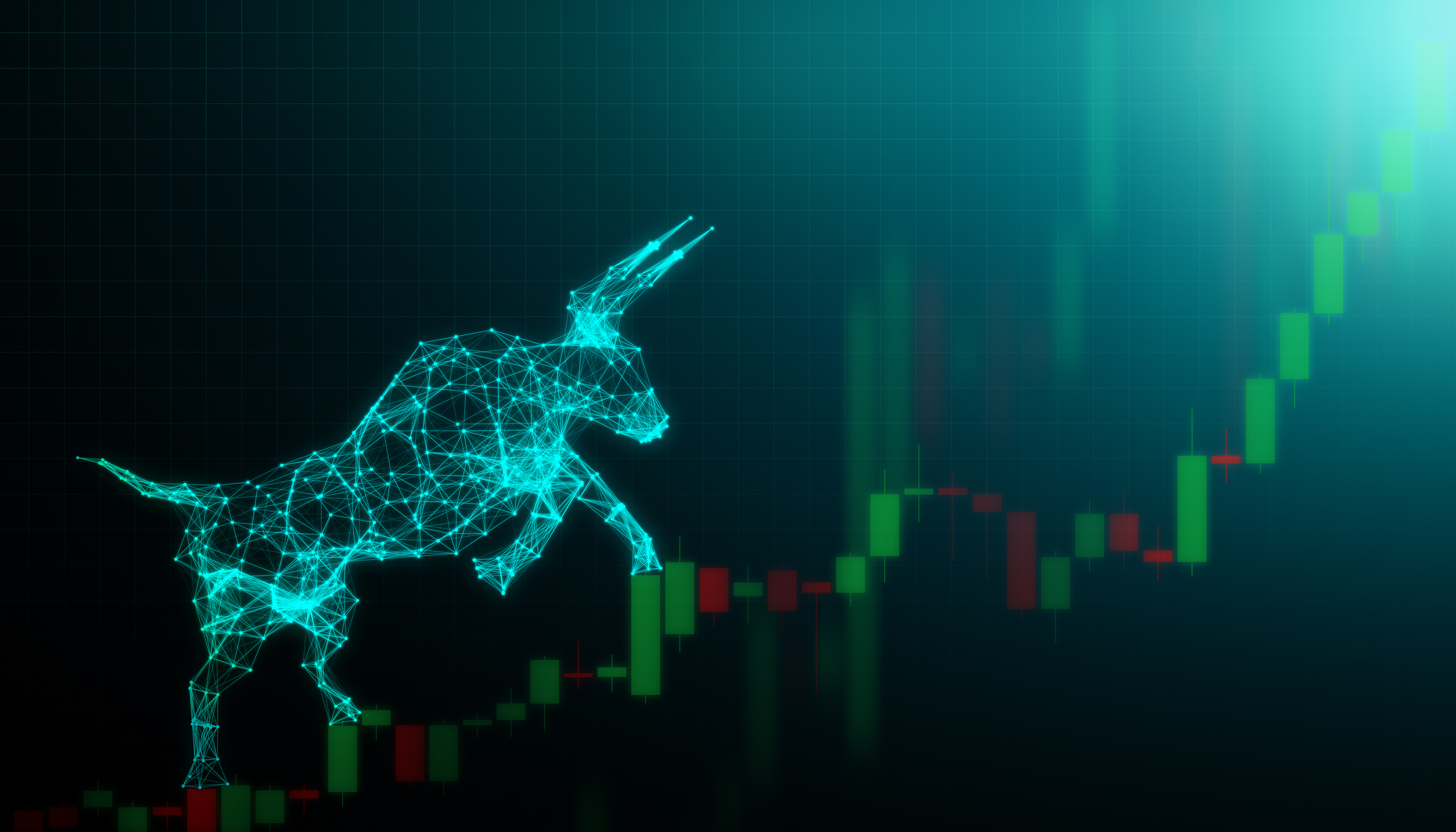 Stock Market Today: Markets Celebrate Trump's Tariff Détente
Stock Market Today: Markets Celebrate Trump's Tariff DétenteConsumer discretionary stocks led 10 of the 11 S&P 500 sector groups well into the green.
By David Dittman
-
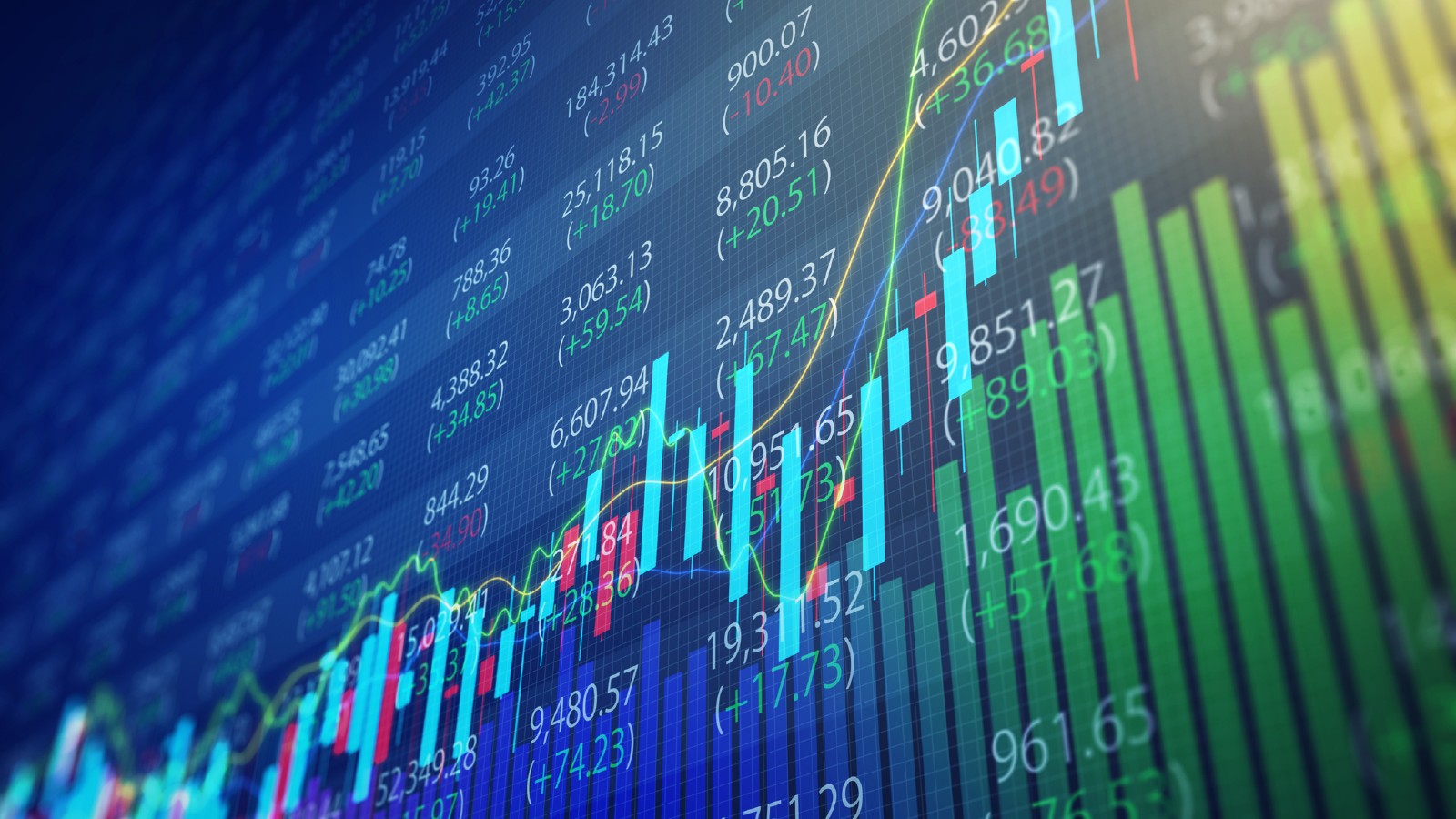 Stock Market Today: Earnings and AI Send Stocks to New Highs
Stock Market Today: Earnings and AI Send Stocks to New HighsA massive investment in artificial intelligence and upbeat earnings pushed equities to record levels.
By Dan Burrows
-
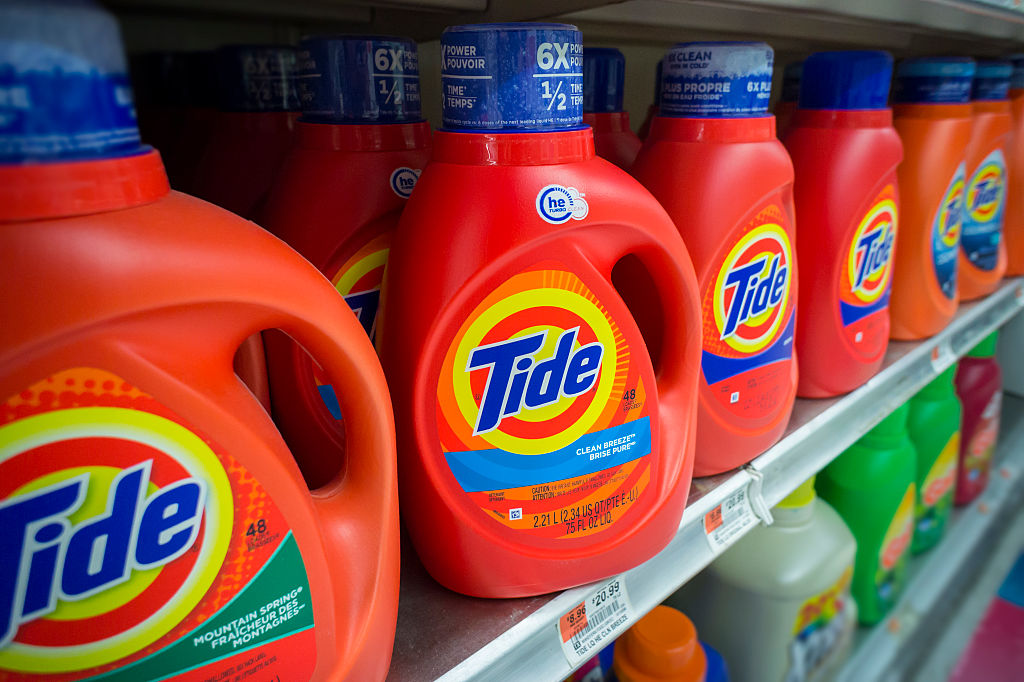 Procter & Gamble Stock Rises on Earnings Beat: What to Know
Procter & Gamble Stock Rises on Earnings Beat: What to KnowProcter & Gamble is trading near the top of the Dow Wednesday after the consumer staples giant beat expectations for its fiscal 2025 second quarter.
By Joey Solitro
-
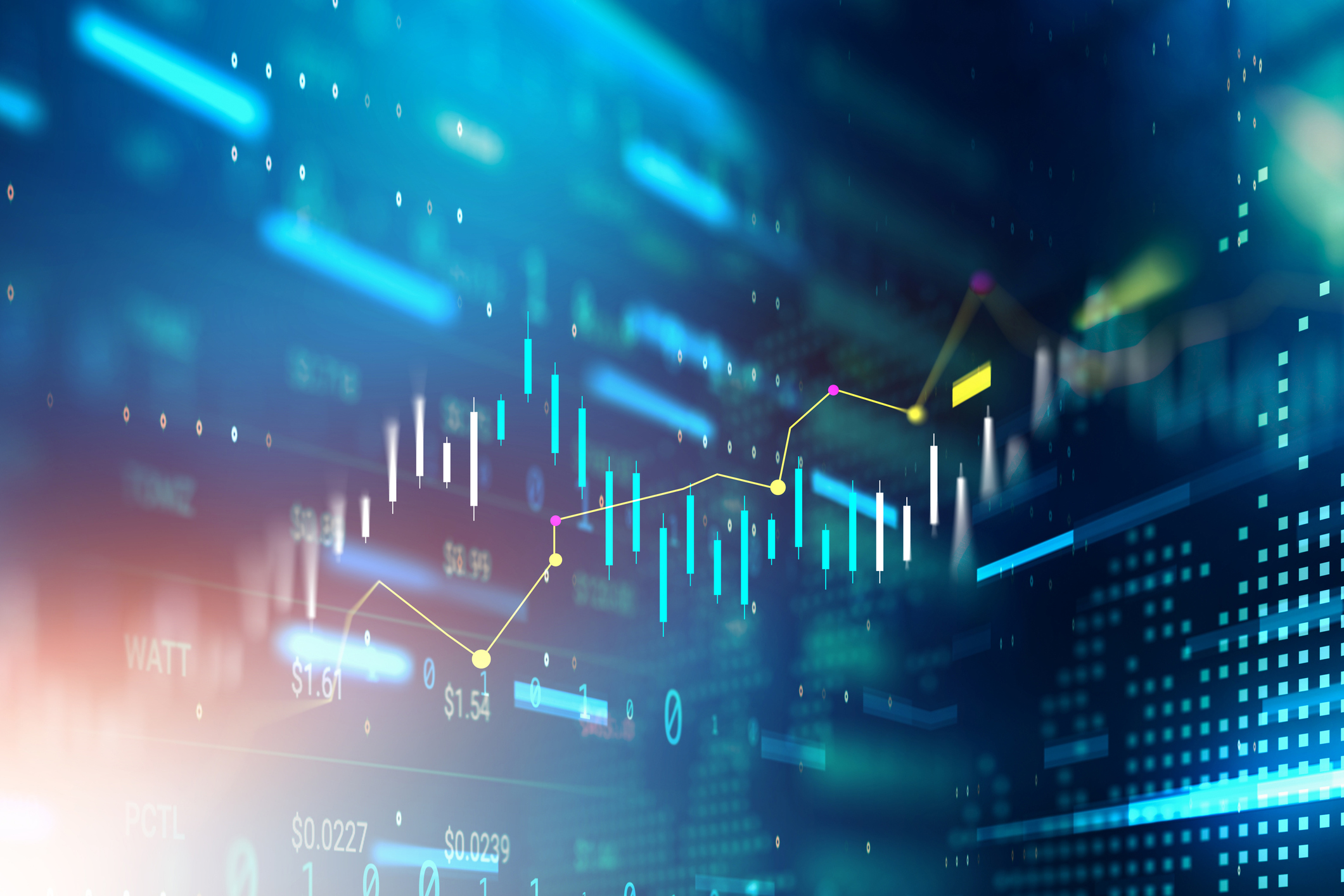 Stock Market Today: Nasdaq Slumps Ahead of Microsoft Earnings
Stock Market Today: Nasdaq Slumps Ahead of Microsoft EarningsThe S&P 500 also closed lower Tuesday, while the Dow Jones Industrial Average managed a win.
By Karee Venema
-
 Procter & Gamble Revenue Declines Despite More Price Hikes
Procter & Gamble Revenue Declines Despite More Price HikesProcter & Gamble stock is lower Tuesday after the consumer products giant reported lower-than-expected revenue in its fiscal Q4.
By Joey Solitro
-
 How Inflation, Deflation and Other 'Flations' Impact Your Stock Portfolio
How Inflation, Deflation and Other 'Flations' Impact Your Stock PortfolioThere are five different types of "flations" that not only impact the economy, but also your investment returns. Here's how to adjust your portfolio for each one.
By Kim Clark
-
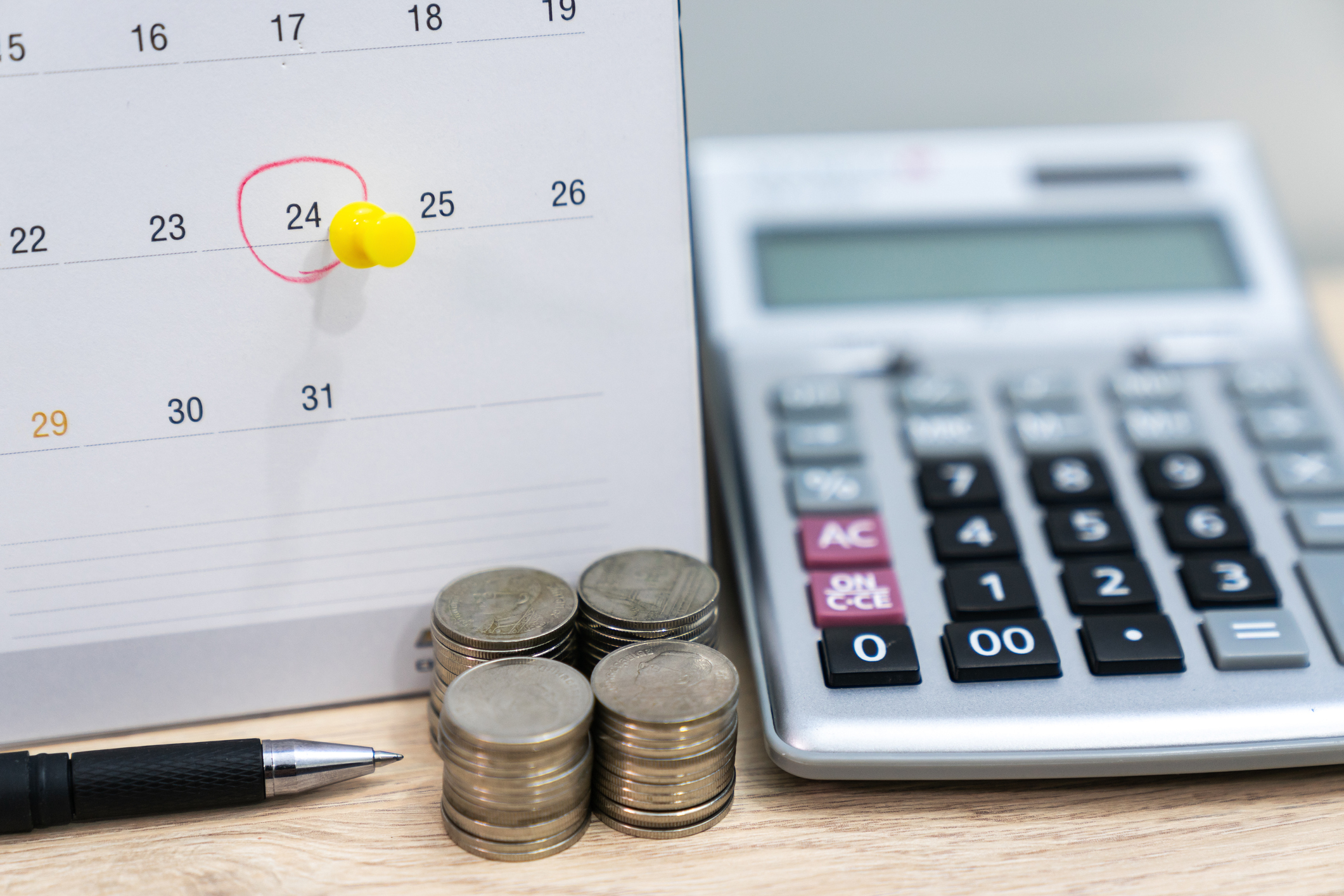 Kiplinger's Economic Calendar for This Week (April 21-25)
Kiplinger's Economic Calendar for This Week (April 21-25)This week's economic calendar features several Fed speakers and a key reading on consumer sentiment.
By Karee Venema
-
 Why I Still Won't Buy Gold: Glassman
Why I Still Won't Buy Gold: GlassmanOne reason I won't buy gold is because while stocks rise briskly over time – not every month or year, but certainly every decade – gold does not.
By James K. Glassman